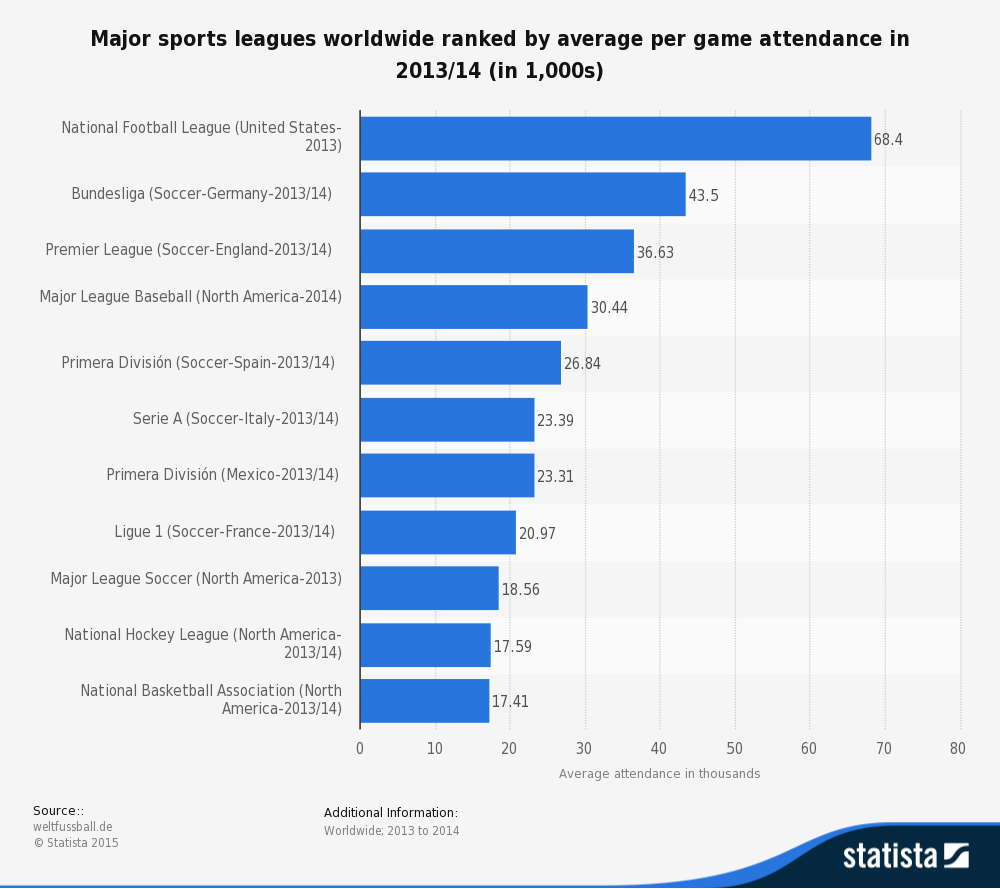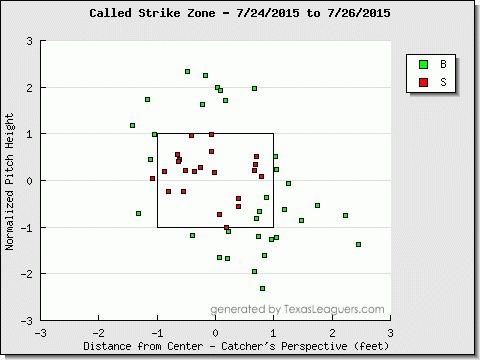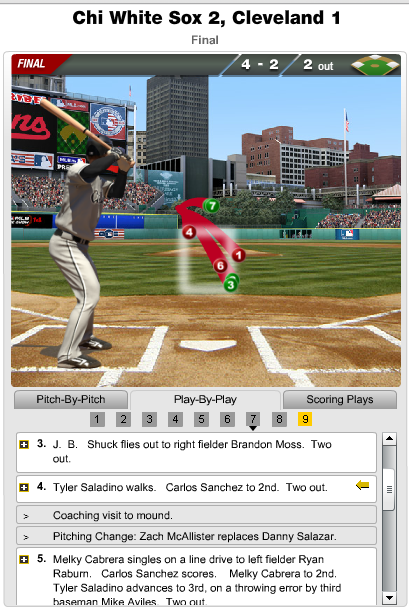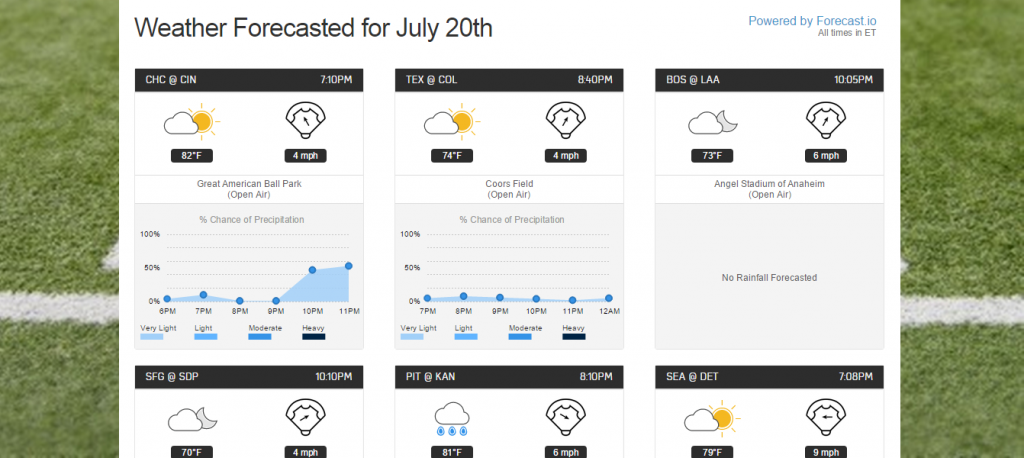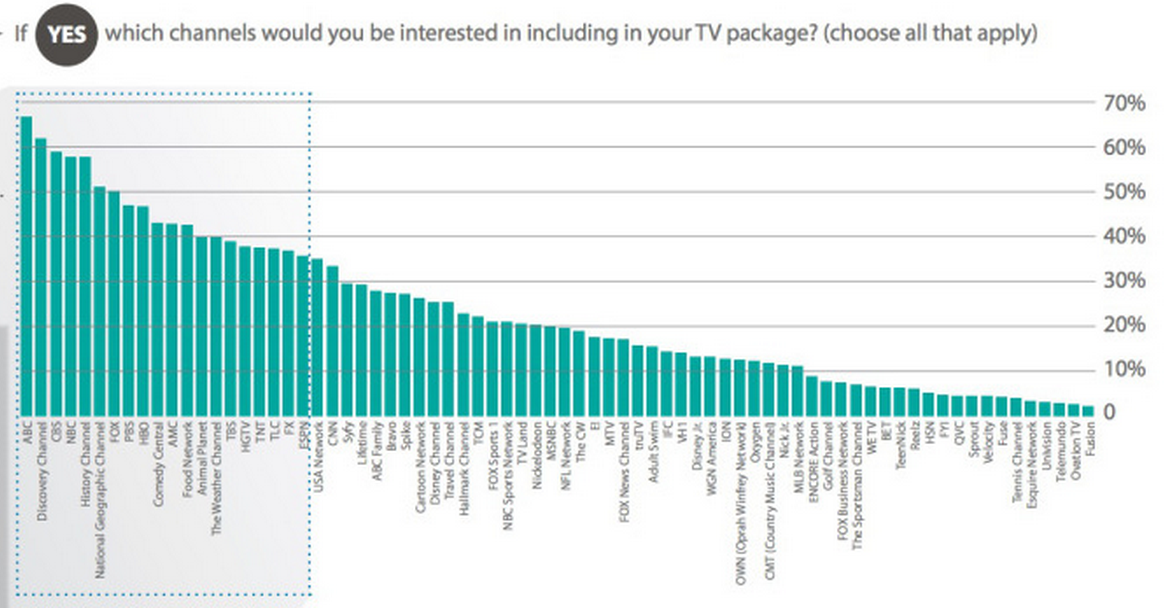YouTube’s Live-Streaming Potential for Sports is Growing
After representing Middle Earth in the Lord of the Rings films, New Zealand is once again the epicenter for fantasy and hopes sprung to life. Yesterday, YouTube secured broadcasting rights to the Bundesliga and will begin showing its soccer matches on Friday in real time from Germany. Time zone differences will be awfully tough on the Kiwis as a 2:30 Friday afternoon game goes live at 12:30 am in New Zealand. Ruined sleep patterns aside, merely seeing Google take live streaming so seriously could open up a new competition for sports broadcasting rights.
The Latest_Bundesliga Twitter account was among the first to break the cord cutter friendly news:
YouTube wird Partner der #Bundesliga und sichert sich die Rechte zur Live-Übertragung der Freitagsspiele – in Neuseeland.
— Bundesliga Latest (@BL_Latest) August 17, 2015
Sports Business Daily (subscription required) noted YouTube — and by extension Google — is also allowed to show additional games and highlights from the league, but as replays and not live.
YouTube previously streamed the opening match of Bundesliga season here in the United States, a matchup between three-time reigning champ Bayern Munich and Hamburg last Friday. With Fox Soccer owning the broadcast rights here, the game was streamed via their soccer page.
It’s hard to imagine YouTube not being interesting in the broadcast world, as they’ve been in the live streaming business for some time now, really kicking things off with their stream of the 2012 London Olympics. With events ranging from traditional sports to extreme and esports, as well as general content creators also getting in on the live broadcast game, YouTube already has a massive user base, huge infrastructure behind it, as well as name recognition and familiarity.
Further emphasis has been placed on YT’s trend of embracing esports as they streamed Dota 2’s largest yearly tournament, The International 5. At TI5, 16 qualified teams from around the world competed for a prize pool of over $18.4 million, with more than $6.6 million going to the winning team. Factor in the soon to be released YouTube Gaming platform, an aptly named area specifically for the broadcast of esports, speed runs, Let’s plays and more, clearly Google has taken a keen interest in bringing live content to people. Google securing the rights in New Zealand with their ~5 million residents could be a guinea pig or stepping stone of sorts for bigger things on the horizon here in the US. According to their second quarter 2015 report, Google increased revenue to $17.7 billion and revenue growth of 11 percent year-over-year. Ruth Porat, Google CFO commented on the revenue, specifically noting YouTube, said:
Our strong Q2 results reflect continued growth across the breadth of our products, most notably core search, where mobile stood out, as well as YouTube and programmatic advertising. We are focused every day on developing big new opportunities across a wide range of businesses. We will do so with great care regarding resource allocation.
Unfortunately it’s impossible to distinctly separate YouTube’s revenue stream from Google’s numerous other ventures, however it isn’t hard to imagine YouTube comparing similarly to traditional networks. Given that other broadcasting network reports don’t separate their revenue streams channel by channel, these numbers for sports networks should be taken with a grain of salt. CBS’s Q2 2015 report disclosed a $3.2 billion, increasing 1 percent compared to last year. Disney, owners of sports giants ESPN and ABC amongst other channels, reported Q2 earnings at $2.1 billion this season. Time Warner, controllers of TNT, and TBS et al. posted $7.3 billion, up 8 percent compared to 2014.
With plenty of money, a desired market for more streamed sports and clear goals moving towards streaming live broadcasts, Google and YouTube could once again transform the way the every person consumes their favorite sports, news and other media.





